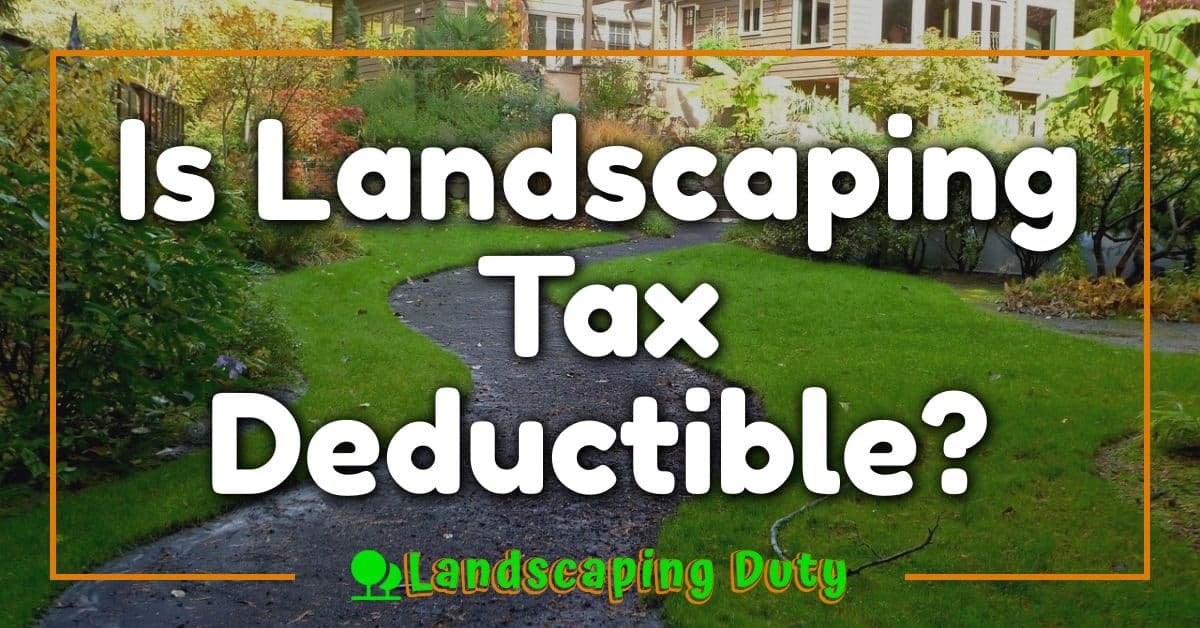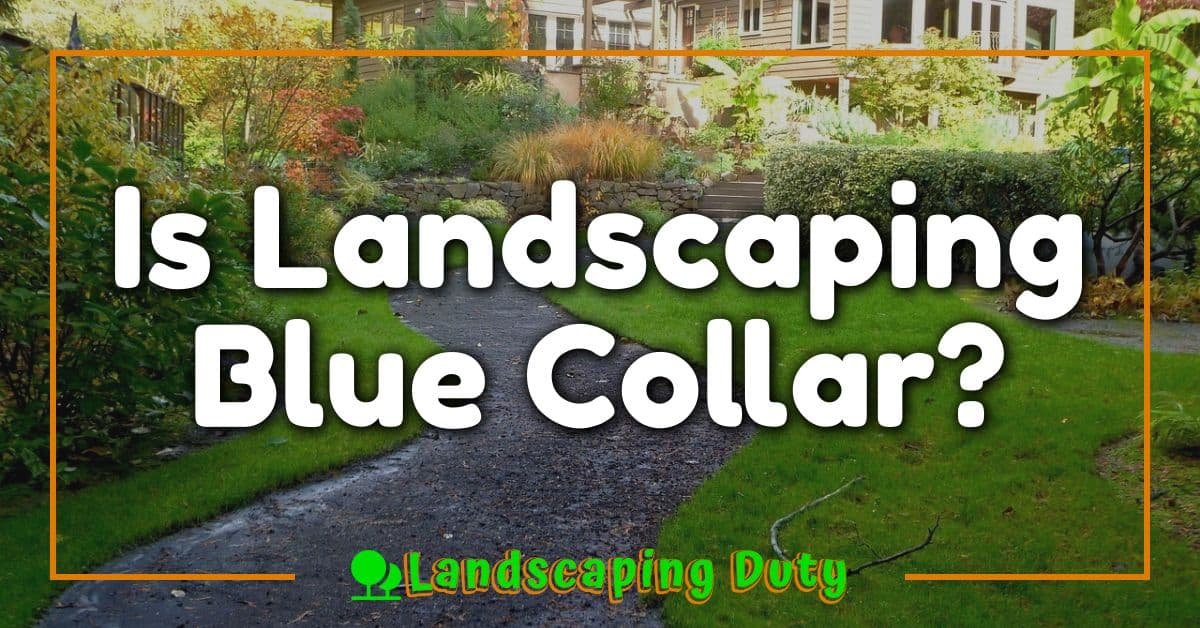Creating a durable and stylish space for your furry friend felt like the perfect project for my backyard. I wanted something that not only looked great but also stood up to the wear and tear of daily pet activities. That’s when I decided to build a hardscape pet area.

Designing this space was both fun and rewarding. I focused on selecting materials that are easy to maintain and safe for pets. From choosing the right paving stones to incorporating cozy spots for my pet to relax, every detail matters. In the following sections, I’ll walk you through the steps I took to create a hardscape area that both my pet and I love.
Benefits Of Building A Hardscape Pet Area
- Durability Enhances Longevity
A hardscape pet area withstands daily wear from pets, reducing the need for frequent repairs or replacements. Materials like natural stone or concrete resist scratches and weather conditions effectively.
- Low Maintenance Simplifies Upkeep
Choosing hardscape surfaces minimizes cleaning efforts. Unlike grass or dirt, these materials prevent mud tracking and are easy to hose down or sweep, saving time and effort.
- Safety Increases Pet Well-Being
Hardscape areas provide a stable and non-toxic environment for pets. Smooth surfaces reduce the risk of injuries, and selecting pet-safe materials ensures a healthy space for pets to play and relax.
- Aesthetic Appeal Enhances Outdoor Space
Integrating a hardscape pet area complements the overall backyard design. Coordinated paving stones and stylish features create a cohesive look, increasing the visual appeal of your outdoor environment.
- Temperature Control Provides Comfort
Hardscape surfaces can be chosen to stay cool in the summer and retain warmth in the winter. This ensures your pet remains comfortable regardless of the weather, promoting their well-being year-round.
- Defined Boundaries Organizes the Space
Establishing a hardscape pet area delineates specific zones for pets, preventing them from wandering into other parts of the yard. This organization helps maintain order and protects delicate plants or garden features.
Planning Your Hardscape Pet Area
Planning ensures your pet area is functional and safe. I focused on location and materials to create a perfect space.
Choosing The Right Location
I selected a flat spot away from high-traffic areas to minimize disturbance. Sun exposure was crucial; I chose a location with partial shade to keep the area cool. Proximity to my home made it easy to supervise and maintain. Additionally, I ensured the site had good drainage to prevent water accumulation.
Selecting Durable Materials
I opted for non-toxic, weather-resistant materials like natural stone and brick pavers. These choices withstand heavy use and harsh weather without deteriorating. For the base, I used crushed gravel to ensure stability and proper drainage. I also incorporated sealed concrete elements to reduce maintenance and enhance longevity. By selecting materials that resist wear and tear, I created a lasting and safe environment for my pet.
Essential Features
Creating a functional and safe hardscape pet area involves incorporating key elements that ensure your pet’s comfort and security. Here are the essential features I focused on:
Fencing And Safety
Securing the area with sturdy fencing prevents your pet from wandering and keeps unwanted animals out. I chose a 6-foot tall, non-toxic mesh fence that withstands weather conditions and avoids sharp edges. Additionally, I installed a self-closing latch to enhance safety. Proper fencing not only contains your pet but also defines the space, reducing the risk of accidents.
Shade And Shelter
Providing ample shade and shelter ensures your pet stays comfortable in all weather. I added a 10×10 wooden pergola with a retractable canopy to block direct sunlight during hot days. For cooler weather, I included a waterproof doghouse with insulation, maintaining a cozy environment year-round. These structures offer your pet a retreat from extreme temperatures, promoting their well-being.
Installation Process
Preparing the Site
First, clear the selected area of debris and vegetation. I measured a 20×15-foot space to ensure adequate room. Next, I marked the perimeter using stakes and string for accurate boundaries.
Laying the Base
Initially, I spread a 4-inch layer of crushed gravel for drainage. Using a plate compactor, I leveled the base to prevent settling. Then, I added a 2-inch layer of sand to create a smooth surface for the pavers.
Installing the Pavers
I began arranging the natural stone pavers in a staggered pattern for stability. Each paver measured 12×12 inches, ensuring minimal gaps. Using a rubber mallet, I tapped them into place securely. A 1/2-inch gap was left between pavers for flexibility.
Building the Fencing
Next, I erected a 6-foot tall mesh fence around the perimeter. I anchored the posts every 6 feet for added support. The self-closing latch was installed on the gate for safety.
Adding Shade and Shelter
I constructed a 10×10 wooden pergola adjacent to the pet area. The retractable canopy covers 40 square feet, providing shade during sunny days. Additionally, I placed a waterproof, insulated doghouse measuring 3×3 feet for shelter.
« Landscaping in Alaska: Essential Cold Climate Tips for Thriving Gardens Fertilizer Spreaders: How to Use Them Effectively for a Healthy Lawn »
Finishing Touches
Finally, I sealed the concrete elements to enhance durability. I applied a non-toxic sealant to all surfaces, ensuring they remain safe and easy to maintain. A landscaping fabric was laid beneath the gravel to prevent weed growth.
Installation Timeline
| Task | Duration |
|---|---|
| Site Preparation | 1 day |
| Base Installation | 2 days |
| Paver Installation | 3 days |
| Fencing Setup | 2 days |
| Shade and Shelter | 2 days |
| Final Sealing | 1 day |
Executing each step methodically ensured a sturdy and attractive hardscape pet area. The entire installation process took approximately 11 days, balancing efficiency with quality craftsmanship.
Maintenance And Upkeep
Regular maintenance ensures your hardscape pet area remains safe and attractive. I follow a weekly cleaning routine to remove debris and pet waste, using a broom or blower for hard surfaces. Sweeping prevents buildup that can cause slips or discomfort for pets.
Inspecting materials monthly helps identify any damage early. I check for cracked pavers, loose stones, or damaged fencing. Repairing issues promptly extends the lifespan of the hardscape and maintains a secure environment for my pet.
Seasonal care addresses weather-related wear. In spring, I clear out any winter residue and apply a sealant to natural stone surfaces. During summer, I ensure shade structures remain intact and free from mold. In autumn, I remove fallen leaves to prevent moisture accumulation, and in winter, I manage snow and ice to keep pathways safe.
I also manage vegetation around the area to prevent overgrowth. Trimming plants monthly keeps the space open and reduces hiding spots for pests. Using non-toxic plants minimizes risks to my pet and maintains the area’s aesthetic appeal.
Lastly, I schedule an annual deep clean to maintain overall hygiene. Power washing hard surfaces removes stubborn stains, and resealing surfaces protects against future damage. This comprehensive upkeep routine keeps the hardscape pet area durable, clean, and enjoyable all year round.
Budgeting And Cost
Planning the budget for my hardscape pet area involved several key factors to ensure I stayed on track while achieving quality results.
Materials
Choosing the right materials made up a significant portion of the budget. I selected natural stone pavers at $4 per square foot for durability and aesthetics. For fencing, non-toxic mesh cost me $18 per linear foot. Additional materials included a wooden pergola priced at $2,500 and an insulated doghouse at $1,200.
Labor
Hiring professionals streamlined the installation process. Labor costs averaged $75 per hour. For an 11-day project, the total labor expense came to approximately $7,920, covering site preparation, laying pavers, building the fence, and installing the shade structures.
Additional Features
Incorporating extra features added to the overall cost. The pergola and doghouse provided necessary shade and shelter, enhancing the area’s functionality. These additions ensured my pet remained comfortable in various weather conditions.
Maintenance
Ongoing maintenance costs were minimal but essential. I budgeted $100 annually for cleaning supplies and minor repairs to keep the hardscape area in top shape. This proactive approach helped prevent larger expenses down the line.
Estimated Total Cost
| Expense Category | Estimated Cost |
|---|---|
| Materials | $3,700 |
| Labor | $7,920 |
| Additional Features | $3,700 |
| Maintenance | $100 annually |
| Total | $15,420 |
By carefully allocating funds to each category, I built a durable and stylish hardscape pet area that fits within my budget while providing a safe and enjoyable space for my pet.
Conclusion
Creating a hardscape pet area has truly transformed our backyard into a haven for both my pet and me. Seeing my furry friend enjoy a safe and comfortable space brings so much joy. The effort put into selecting the right materials and designing functional features really paid off. It’s rewarding to know that this area will stand the test of time with minimal upkeep. I love how it seamlessly blends with our garden, enhancing the overall look. Building this space not only improved our outdoor environment but also strengthened the bond I share with my pet. I highly recommend taking the plunge and crafting a hardscape pet area that suits your needs and lifestyle. You’ll be amazed at the positive difference it makes in your daily lives.












